Who says your green thumb has to be seasonal? If you want a clean, efficient way to grow plants year-round, a hydroponic gardening system could be the solution. While it may sound complex, there’s no need to be intimidated. From the basics of hydroponic plants to a quick, low-equipment way to try it out right in your living room, these home hydroponic gardening tips can get you started.
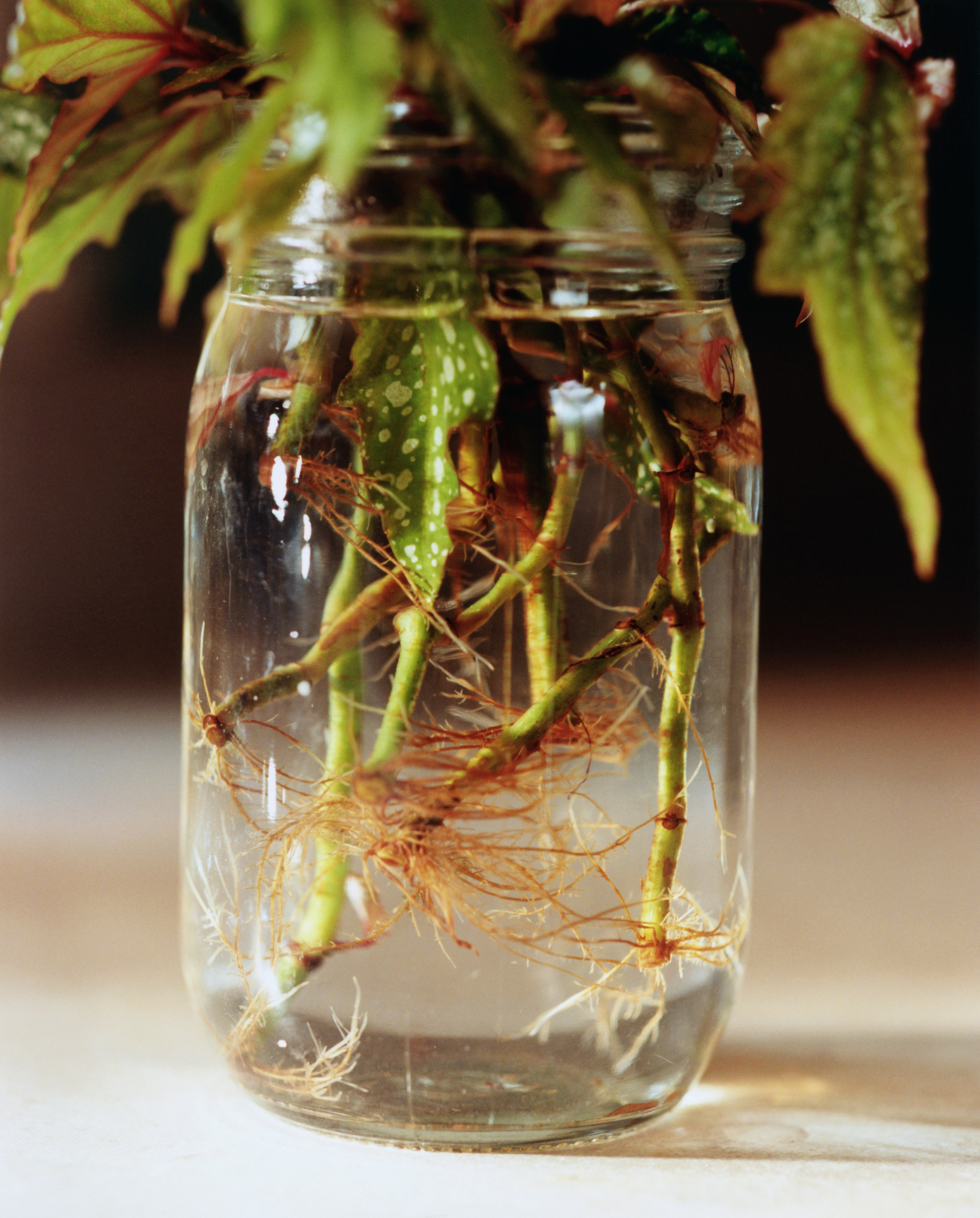
What is Hydroponic Gardening?
Hydroponic gardening 101: a hydroponic system is a way of growing plants in a nutrient solution and water – without having to plant them in the ground and without any soil. By taking away the need for soil, hydroponic gardening offers a unique versatility – with the right setup, you can grow almost anything, anywhere and in any season.
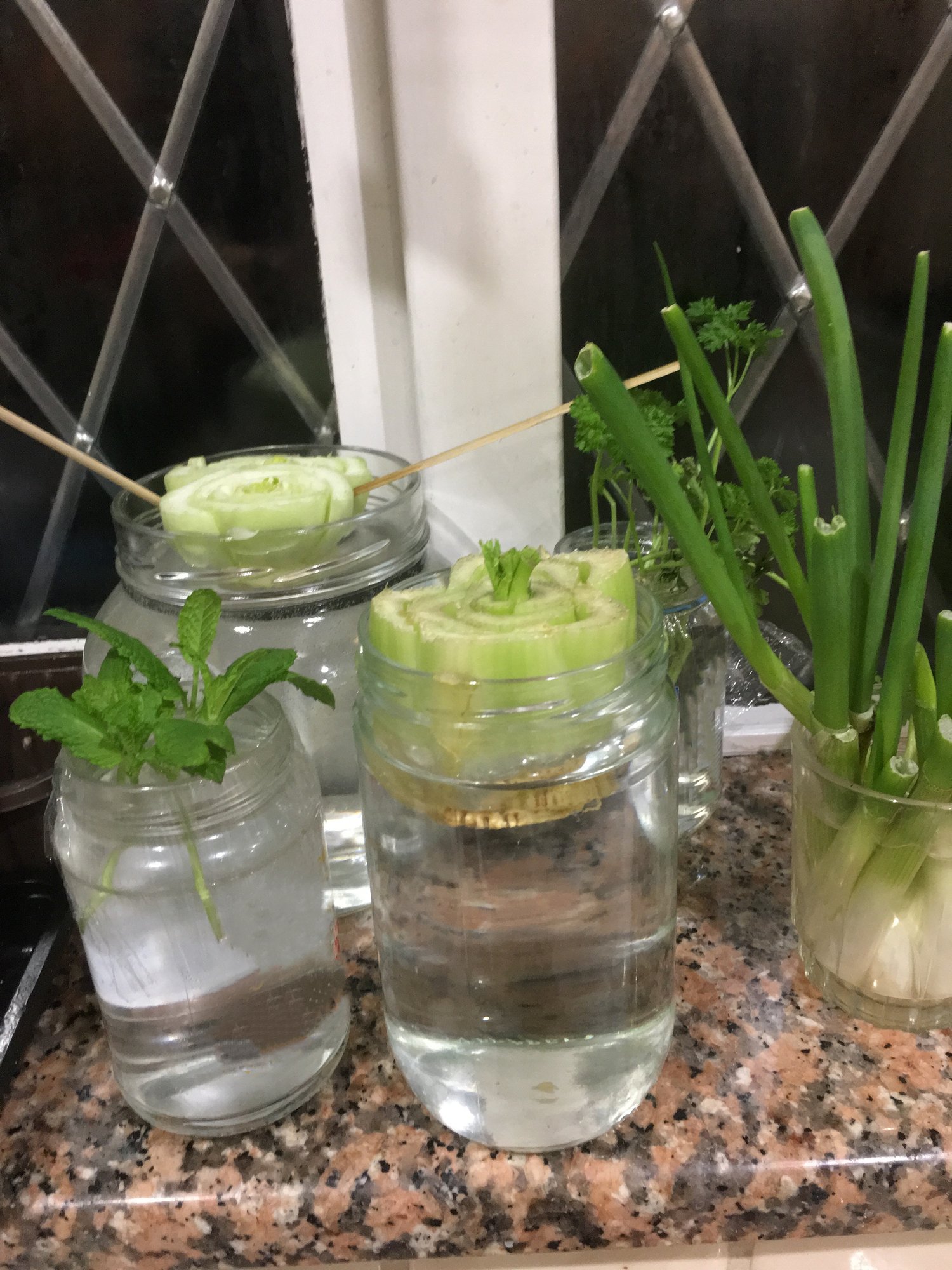
Works Well in Small Spaces
Hydroponic gardening systems typically use fewer resources, taking up less space and requiring less water than traditional soil-grown plants – making them a great solution for gardening in a small space.
Related: How to Protect Outdoor Plants and Trees From Frost and Freeze

Choose Your Own Adventure
Depending on factors like your level of expertise, desired investment, space and what you want to grow, there are multiple types of hydroponic garden systems to choose from. Some hydroponic systems require air pumps and special equipment to circulate nutrients, while other systems are more passive.
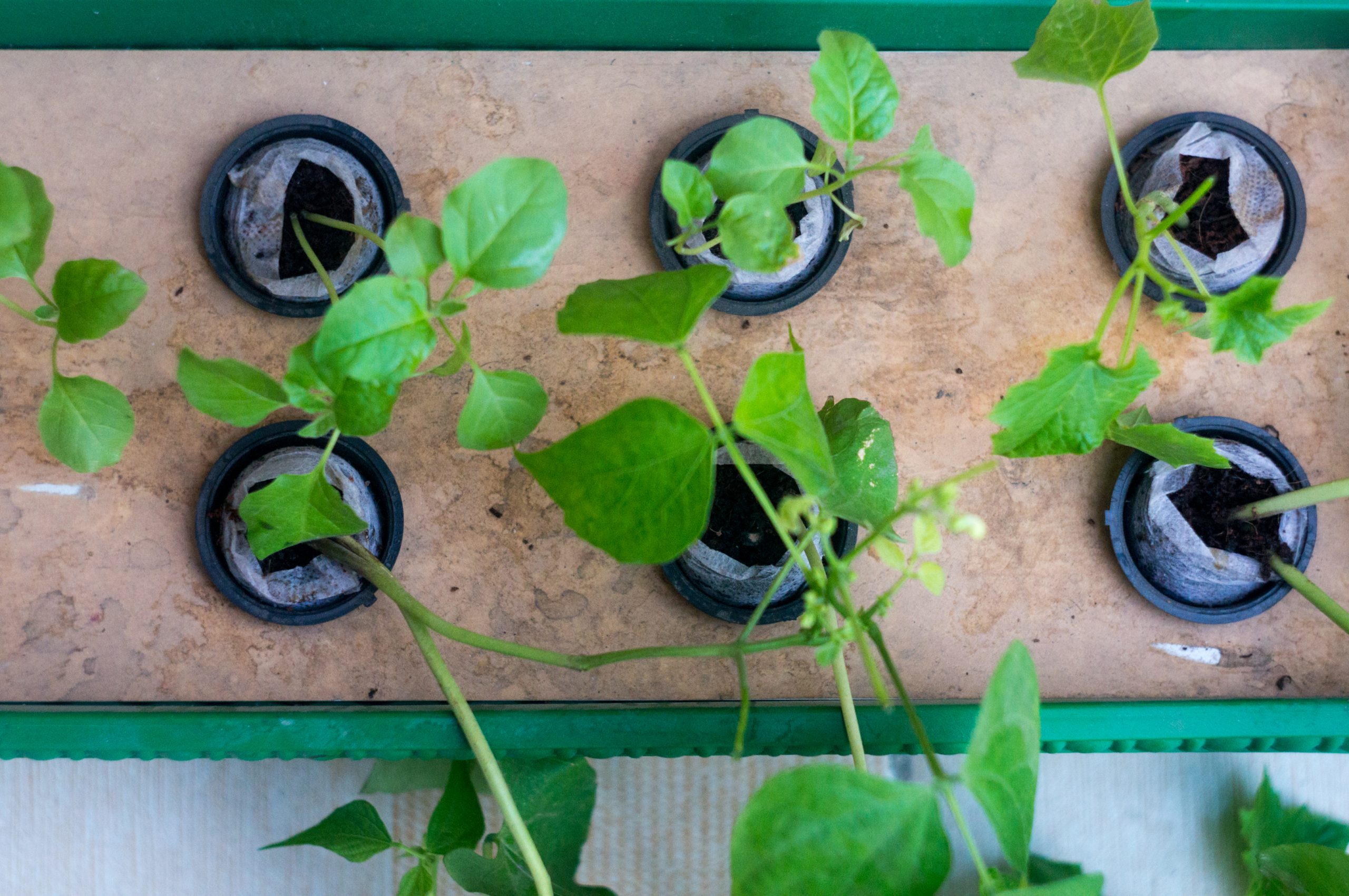
The Kratky Method
Here, we’ll explore the basics of setting up a passive home hydroponic garden using the Kratky method. This type of hydroponic gardening system is one of the simplest ways to start, as set up is relatively easy and doesn’t require more complicated and costly elements like pumps, wicks or electricity.
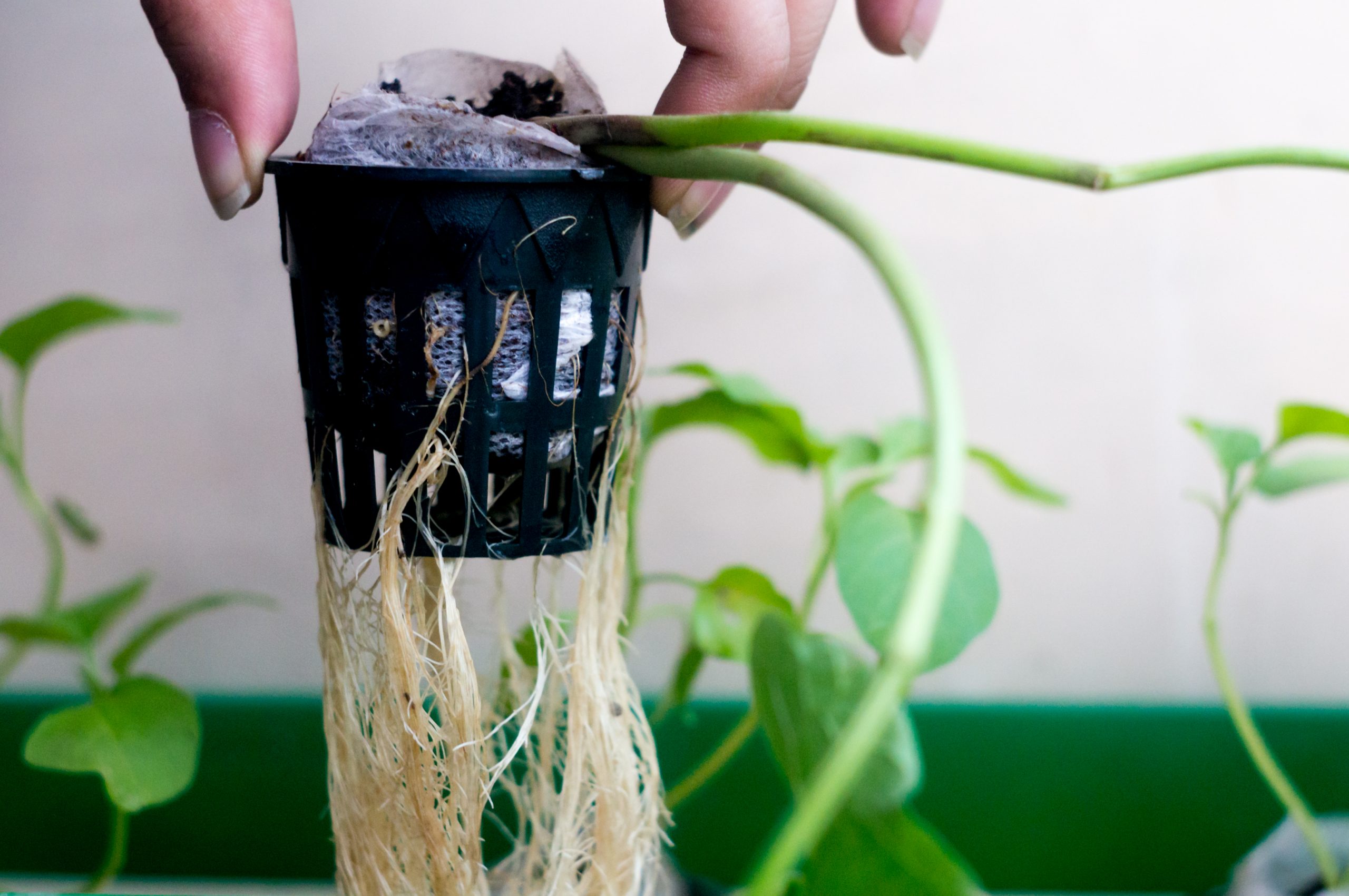
Start With Supplies
Before you can get growing, you’re going to need a few supplies. For the Kratky method, you’ll need a bucket or container, a lid for that bucket or container, net pots – seen here – which is a small “netted” pot with cutouts that will hold your seedling, as well as hydroponic nutrients, growing media, seedlings and water. You can also use a pH measurement tool to monitor the pH of the water.

Know What to Grow
Hydroponic gardens can grow a wide variety of plants, herbs and vegetables, making them a great way to keep your thumbs green when outdoor conditions turn icy. However, when you’re just starting out, plants that don’t flower – like lettuce or leafy greens – are probably your best bet.
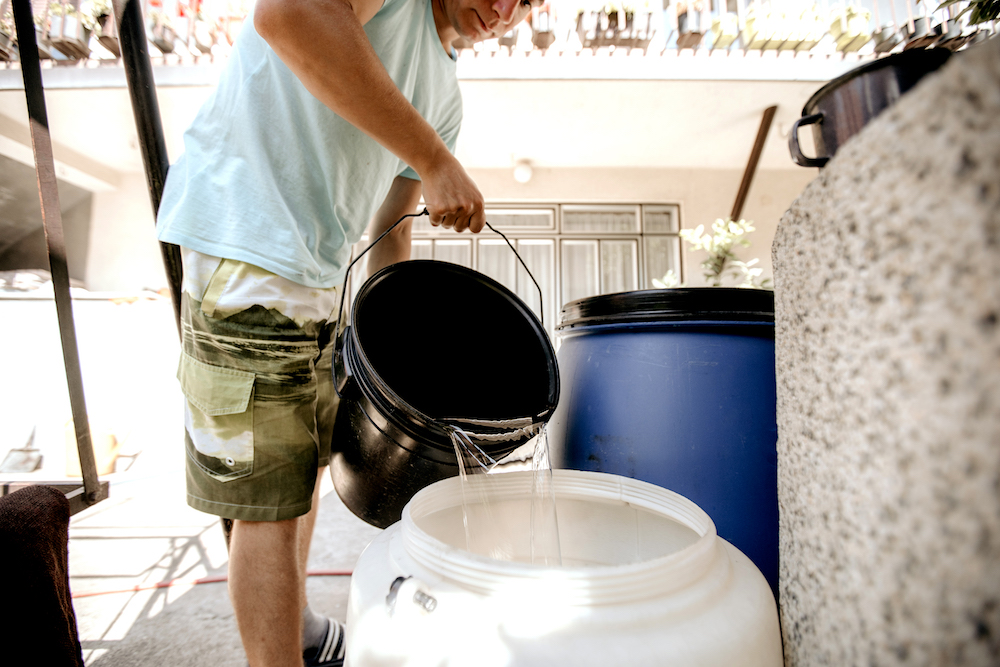
The Solution
Start by whipping up a nutrient-rich solution to feed your plant by mixing water and hydroponic nutrients. Follow the ratio and directions on the bottle.
Related: The Best Plant for You, According to Your Zodiac Sign
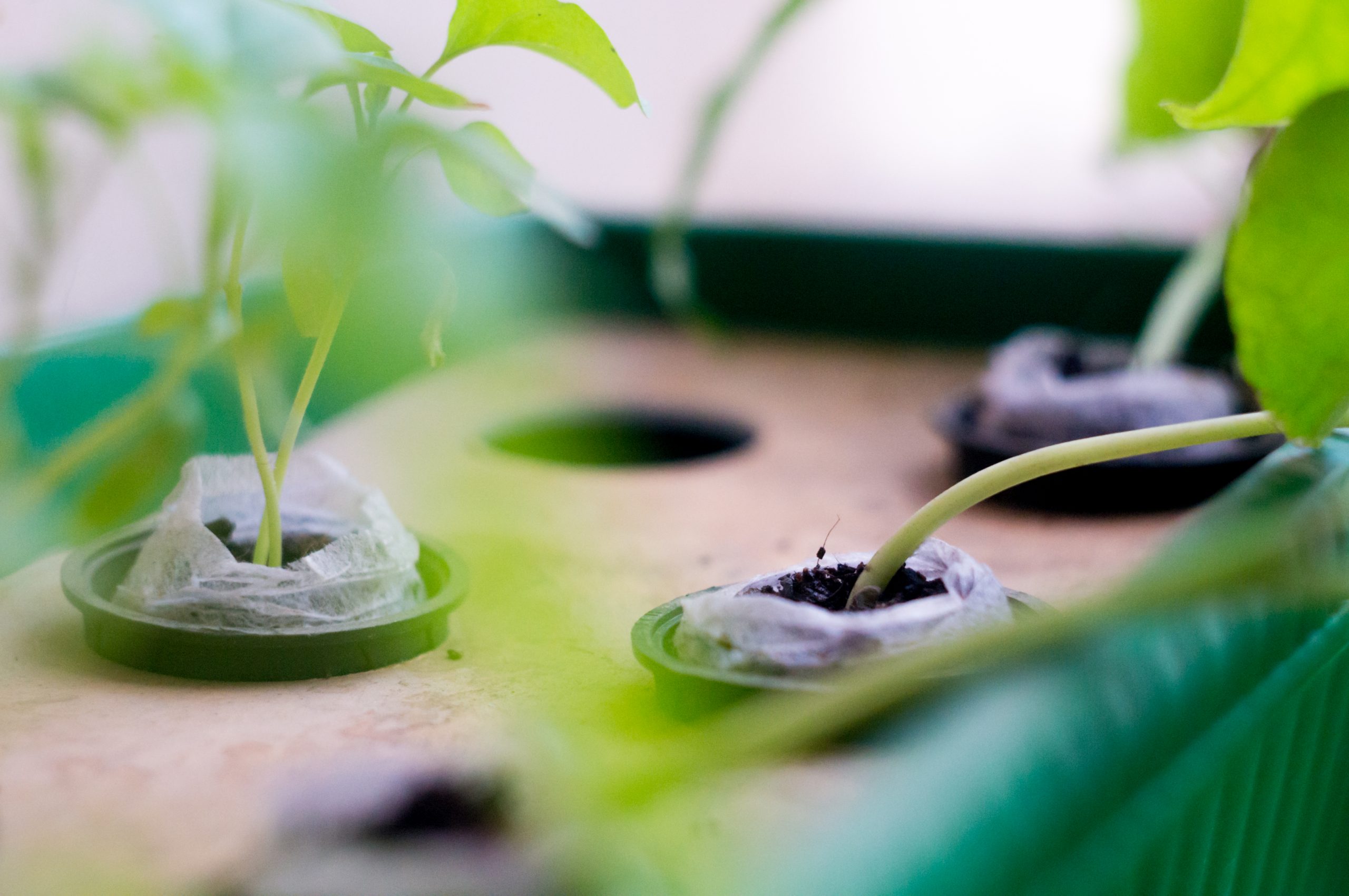
Assemble This
First, fill your bucket to nearly the brim with the solution. The water level needs to be high enough so that the seedling’s roots make contact with the liquid. Next, make a home for your seedling. Place your seedling and a growing media that’s compatible with hydroponics into a net pot. Then, cut holes in your bucket’s lid that’s big enough to hold the net pot and seedling. Secure the net pot through the lid’s hole (the lid is an important step to help prevent bugs and pests from disturbing your plant) and then place the lid on the bucket.
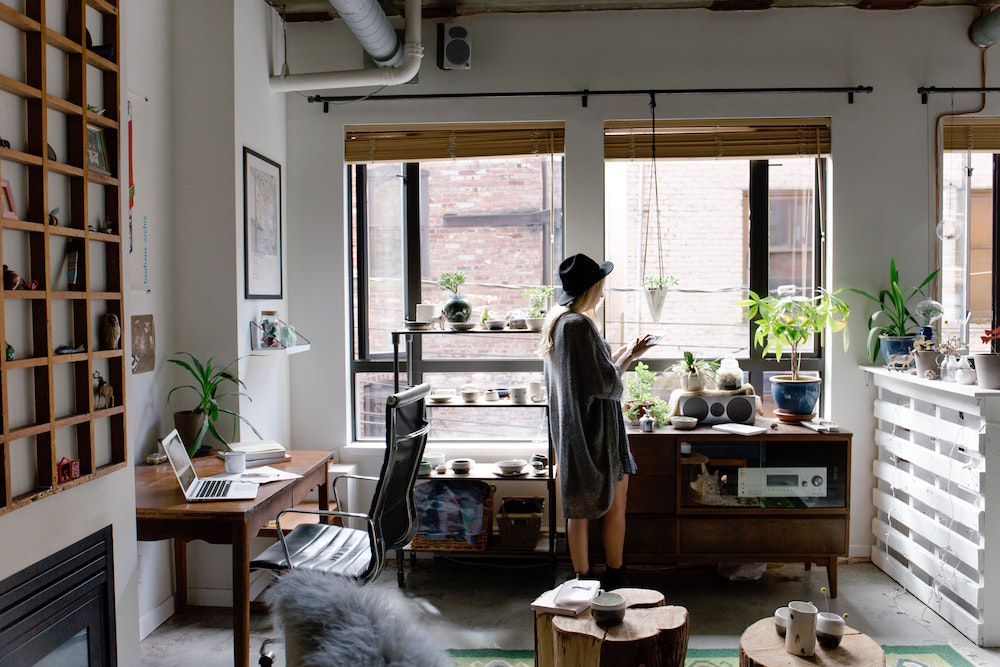
Light It Up
With gardening, as with home decor, you should never underestimate the power of a good lighting situation. Plants – even hydroponic plants – need light to grow. However, with a basic hydroponic gardening kit like a Kratky method setup, you don’t need to invest in special lights (unless you want to). Instead, find a spot that’s full of sun and natural light and let things grow.
Related: These Are the 20 Most High-Maintenance Plants – Can You Handle Them?

Watch It Grow
If all goes according to plan, all that’s left to do is wait for your plant to mature. The time this takes varies from plant to plant, but a lettuce seedling will typically take at least four weeks to grow in this type of hydroponic situation.
Related: The Best Herbs and Medicinal Plants to Grow in Your Home This Spring
HGTV your inbox.
By clicking "SIGN UP” you agree to receive emails from HGTV and accept Corus' Terms of Use and Corus' Privacy Policy.




